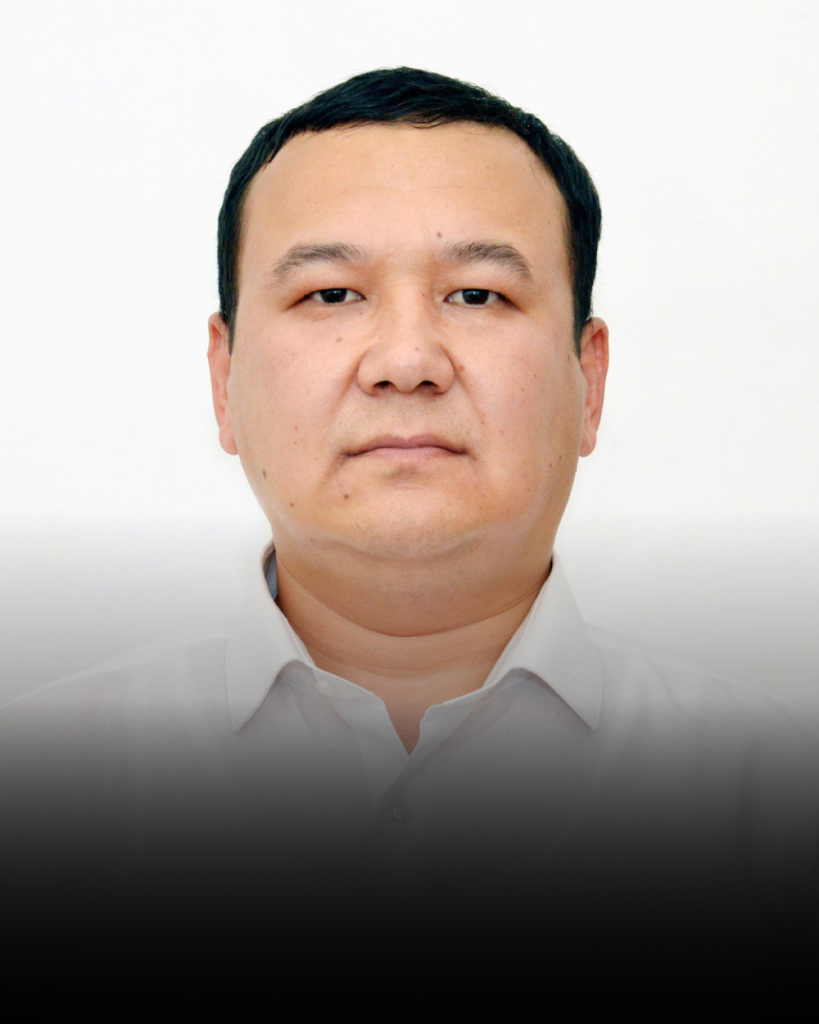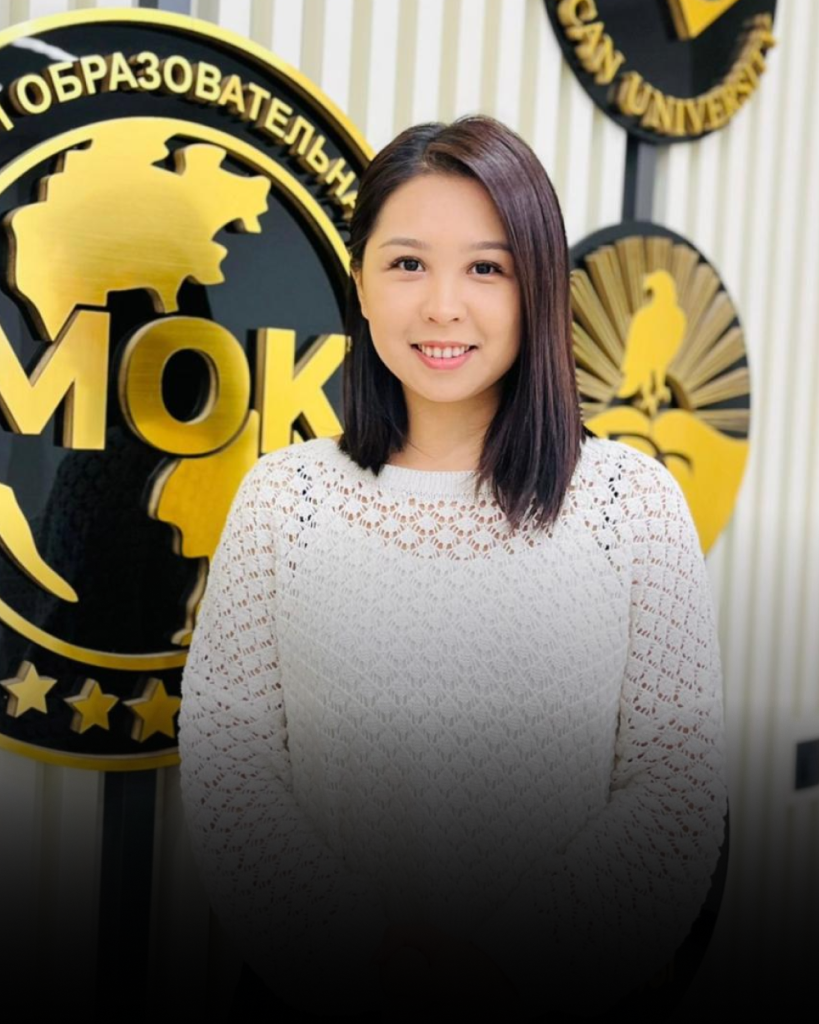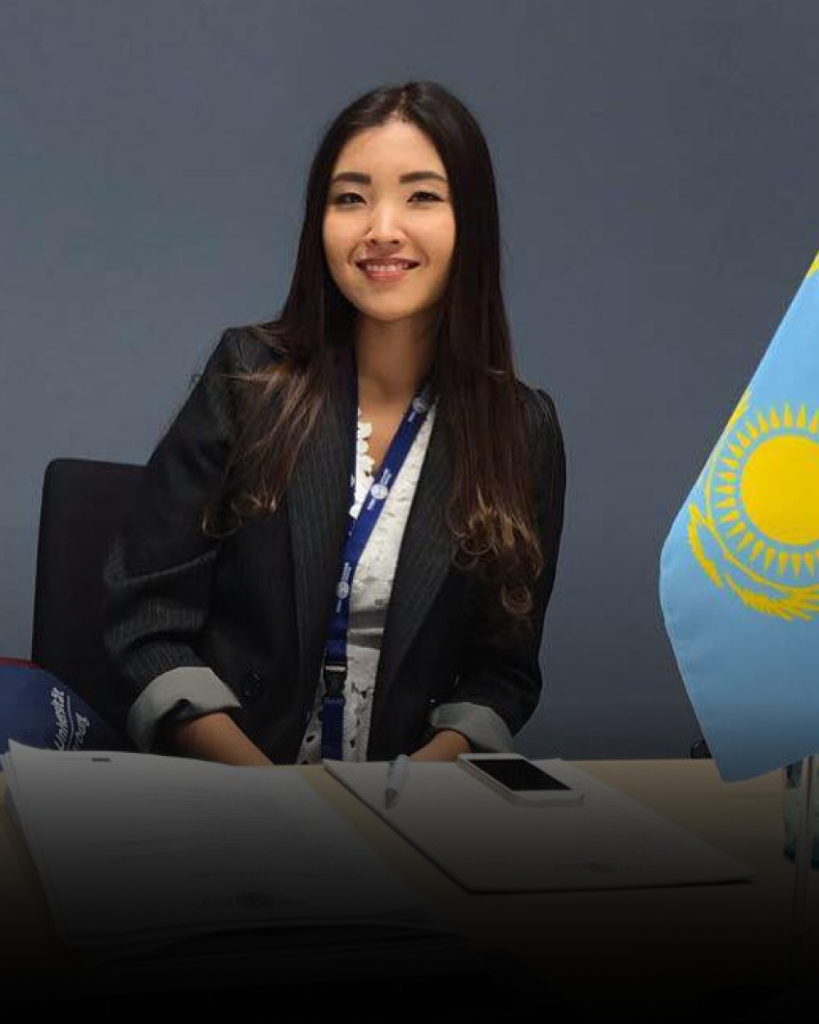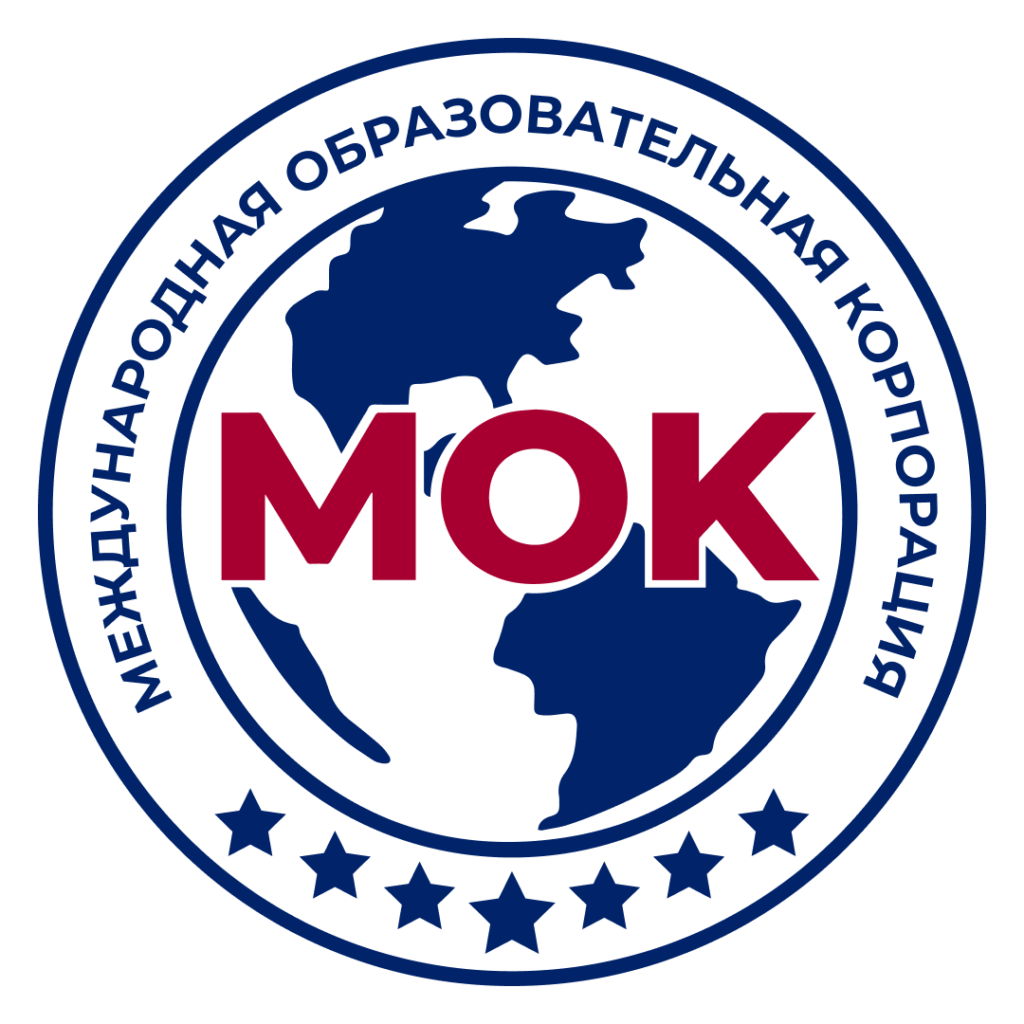Useful links
Writing scientific articles is a process that requires a systematic and structured approach. Here are the main steps and principles that will help you write a scientific article correctly:
Choosing a topic and formulating the research question: Start by selecting a relevant topic that interests both you and your readers. Formulate a clear research question that will be the central element of your article.
Conducting a literature review: Study the existing literature on the chosen topic to understand the current state of knowledge in the field and identify gaps that your research can fill.
Defining the methodology: Determine the methods you will use to collect and analyze data. Justify your choice of methodology and explain why it is the most appropriate for your research.
Data collection and analysis: Conduct the research according to the chosen methodology. Gather the necessary data and analyze it using appropriate statistical methods.
Structuring the article: Follow the commonly accepted structure for scientific articles, which includes an introduction, literature review, research methods, results, discussion, and conclusion.
Writing the introduction: The introduction should present your topic and research problem, justify its relevance and significance, and formulate the research objective and hypothesis.
Developing the literature review: In the literature review, discuss previous studies on the topic, highlight key concepts and findings, and show how your research fits into the existing context.
Describing the research methods: Provide a detailed description of the methods used in your research, including data collection procedures, sampling, tools, and analysis methods.
Presenting the results: Present your results clearly and concisely using tables, charts, and statistical indicators.
Discussion of results: In the discussion, interpret the obtained results, compare them with previous research findings, discuss their significance and possible practical applications, and highlight the limitations of the study.
Conclusion: In the conclusion, summarize your research, confirm or refute your hypothesis, formulate the main findings, and discuss potential directions for future research.
Editing and proofreading: Before submitting your article for review, carefully edit and proofread the text, check it for grammatical and stylistic errors, and ensure it meets the requirements of the selected journal or conference.
By following these steps and principles, you will be able to write a high-quality scientific article that contributes to the development of scientific knowledge in your field and gains recognition from the academic community.
IMRAD Structure: Key Elements of a Scientific Article
In the world of scientific research, there is a widely recognized structure known by the acronym IMRAD. This acronym represents the key sections of a scientific paper: Introduction, Methods, Results, and Discussion. The IMRAD structure is a fundamental tool for organizing and communicating scientific research, and its effective use promotes the understanding and evaluation of scientific information. Let’s take a closer look at each of these sections:
Introduction:
In this section, the authors present the research topic and describe its relevance and significance. The aim of the introduction is to justify the need for the study and to formulate its objectives and hypothesis. It also typically includes a brief literature review, which helps readers understand the context of the research and its connection to previous work.
Methods:
The methods section provides a detailed description of the methodology and procedures used in the research. This includes information on sample selection, data collection methods, the tools and materials used, and the data analysis techniques. The purpose of this section is to provide enough information so that other researchers can replicate the study or evaluate its methodology.
Results:
In the results section, the most important data obtained from the study are presented. This section usually includes numerical data, graphs, tables, and other graphical representations of the research results. It is important to present the results in a way that is clear and easily interpretable for the readers.
Discussion:
In the final section of the paper, the results are discussed and interpreted. The authors analyze their data, compare it with the results of previous studies, and discuss its significance and impact on the field. This section also typically highlights the limitations of the study and makes suggestions for further research.
Conclusion:
The IMRAD structure provides a logical and coherent way to present scientific information, making it easier for readers to understand and evaluate the research. It is a widely accepted standard in the scientific community, helping researchers effectively communicate their findings and advance science.
You may also refer to the article formatting template provided for the scientific journal “Vestnik KazGASA”, a scientific and technical publication for architects, designers, engineers, project managers, technologists, and art historians. Initially, the journal was published under the name “Vestnik of the Kazakh State Academy of Architecture and Construction”. In 2001, the journal was renamed “Vestnik of the Kazakh Leading Academy of Architecture and Construction”.
Choosing a Scientific Journal for Publishing an Article is an important step for researchers. It should be based on several factors, including the purpose of the research, the target audience, impact factor, and the journal’s quartile rank. Here are some recommendations for selecting a journal based on these factors:
Purpose of the Research:
Think about the goals of your research. If your goal is to gain widespread attention and dissemination of your work, choose a journal with a high impact factor. If your goal is to target a specific audience, select a journal that closely aligns with your topic and the interests of the audience.
Impact Factor:
The impact factor of a journal is an indicator of its influence in the scientific community. A high impact factor usually indicates that the journal publishes high-quality work that is frequently cited by other researchers. However, keep in mind that not all journals with a high impact factor are suitable for every type of research, and not all journals with a low impact factor are bad.
Quartile Rank:
The quartile rank reflects the positioning of the journal within its scientific field. Journals are categorized into quartiles (Q1, Q2, Q3, Q4) based on how they compare to other journals in their area. It is generally preferable to choose journals from the higher quartiles, as they tend to have a higher reputation and influence in the scientific community.
Reputation and Audience:
Consider the reputation of the journal in your field of study and whether its audience aligns with your research goals. Some journals specialize in specific knowledge areas or research approaches, so it is important to choose a journal that fits your work.
Open Access:
Consider the possibility of publishing in open access journals, as this can increase the accessibility and visibility of your work. Some journals offer this option, but there may be additional fees for open access publication.
Publishing Time and Costs:
Take into account the publication timelines and the costs associated with publishing in your selected journal. Some journals may have longer review and publication times, as well as additional publication fees.
In summary, when choosing a scientific journal for publishing an article, it is important to consider the purpose of the research, the journal’s reputation, its target audience, the impact factor, quartile rank, and other practical considerations such as publication availability and costs.
Here are links to tools from international citation databases to help you select a scientific journal:
Journal Finder
An Elsevier tool to help find a journal for publishing your article based on your abstract.
https://journalfinder.elsevier.com/
Master Journal List
A Clarivate (Web of Science) tool for finding and selecting a journal for publication.
https://mjl.clarivate.com/home
You can also use the tool developed by Narxoz University, the MK Predatory Test. This test helps assess the quality of a scientific journal to avoid publishing in potentially predatory journals.
The MK Predatory Test evaluates the likelihood of a scientific journal being classified as a “predatory” publication based on its website and open-source data.
It is important to note that indexing in scientific databases and a high percentile do not guarantee that the journal adheres to ethical publishing practices. Therefore, it is better to conduct a preliminary assessment using this tool. Keep in mind that the result will depend on the accuracy of your answers to the test questions.
©Authors: Kairat Moldashev, Bulat Kenesov
https://narxoz.edu.kz/journalcheck?fbclid=IwAR0Kdcp2QRGNVCWxr0-BXEt86y3T3dnmXx0Qt8PvshSqSiCStJB1zr3q3bk
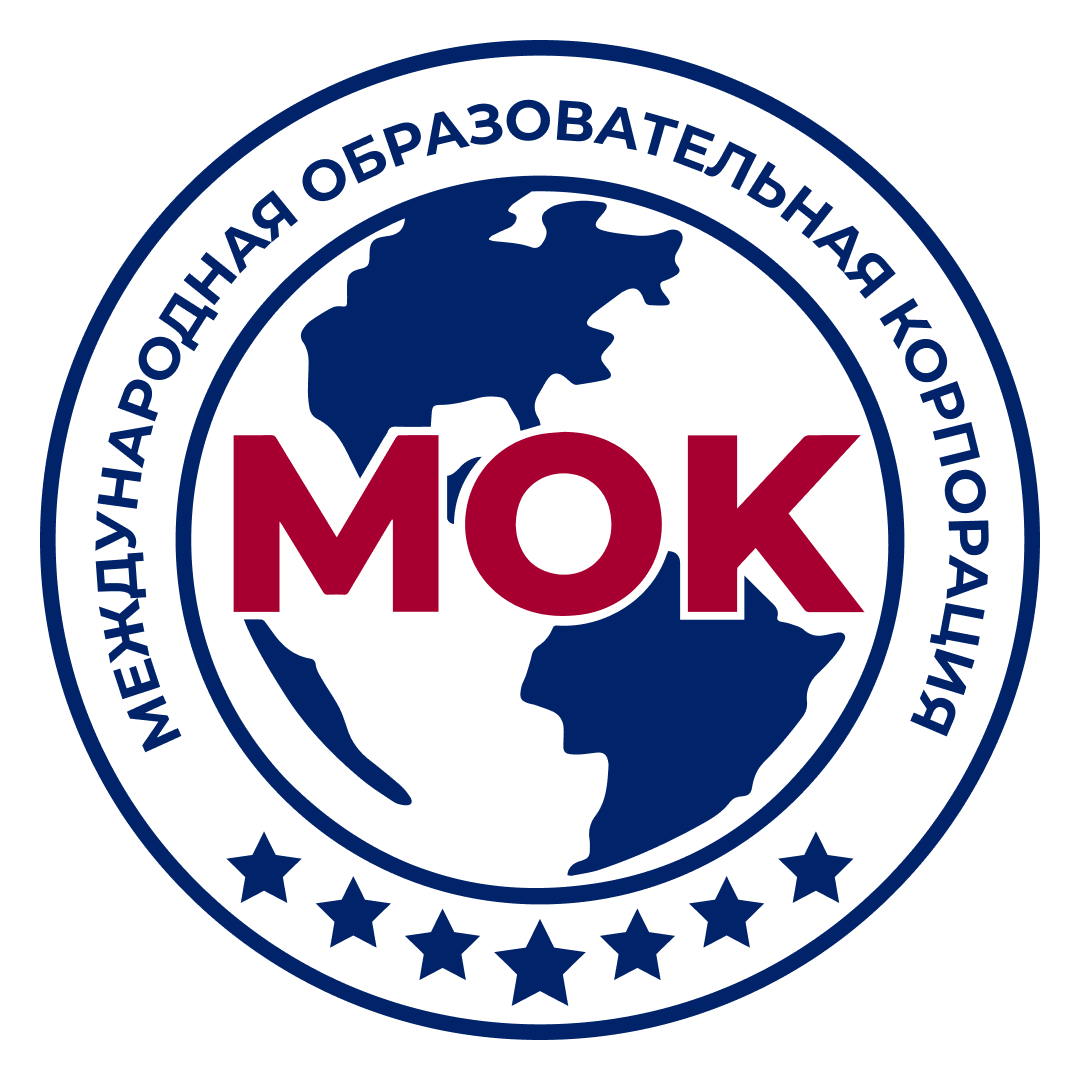

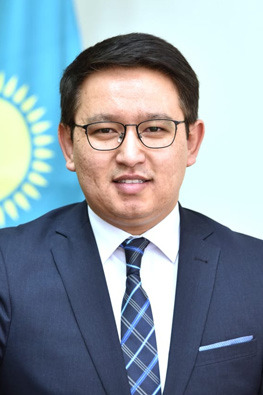

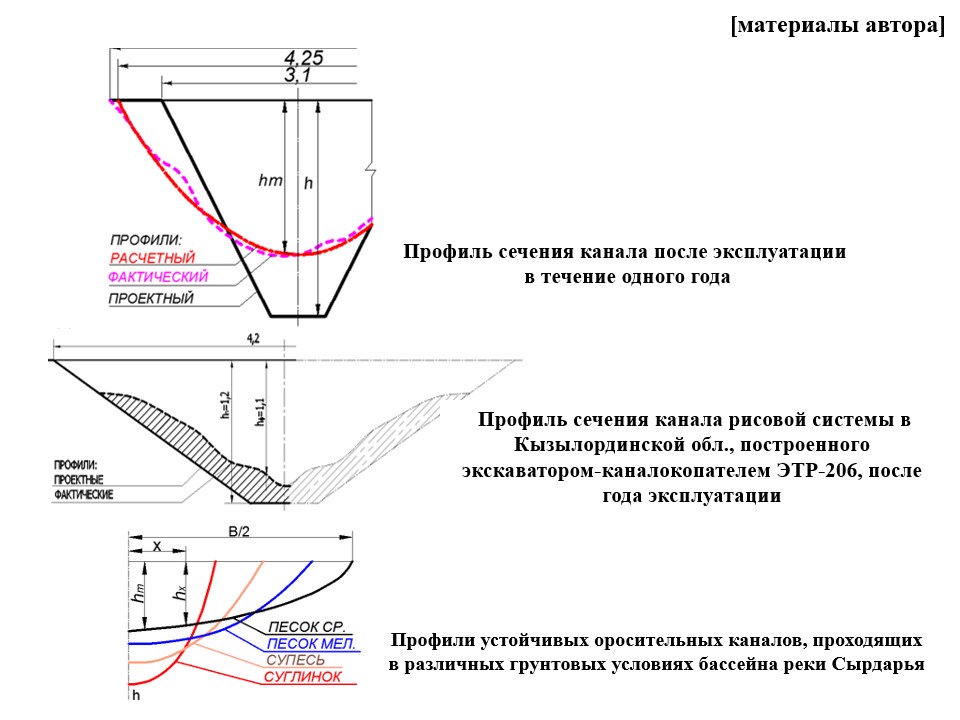
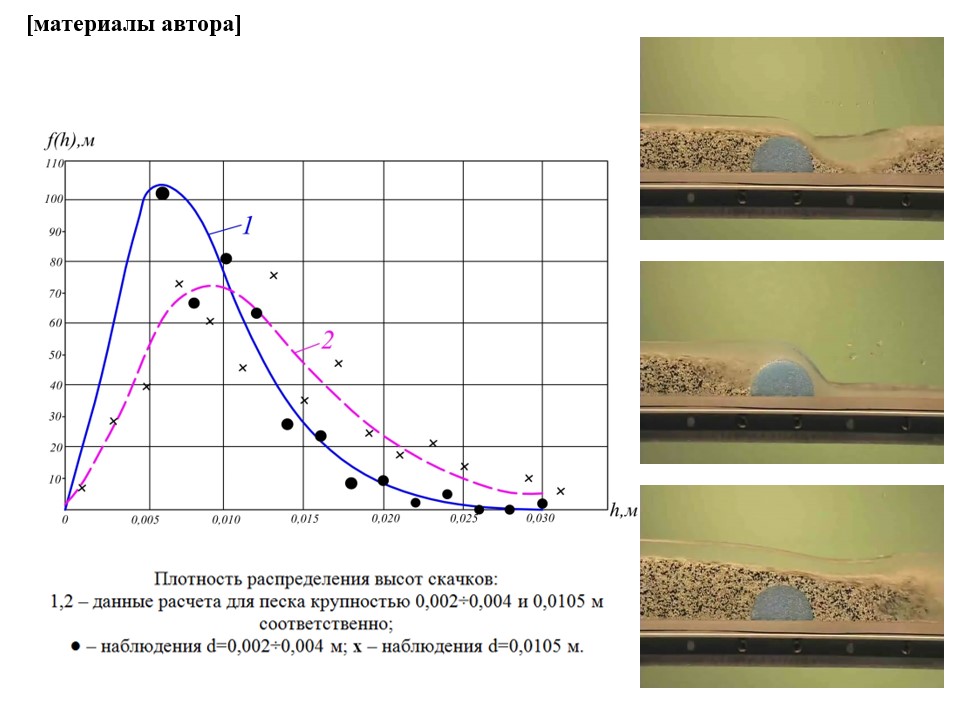
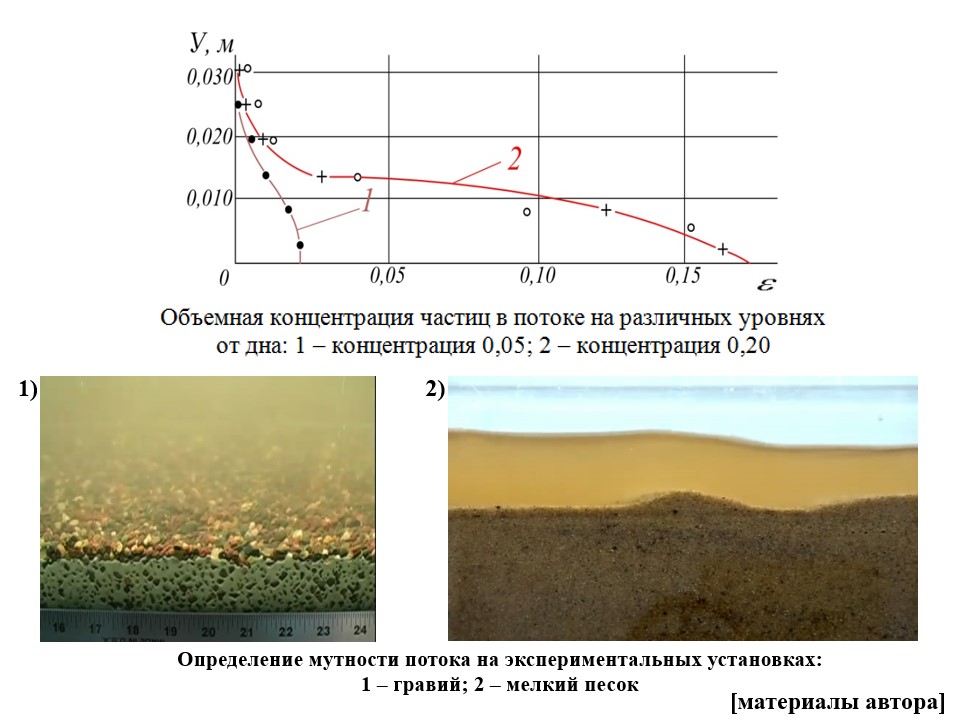
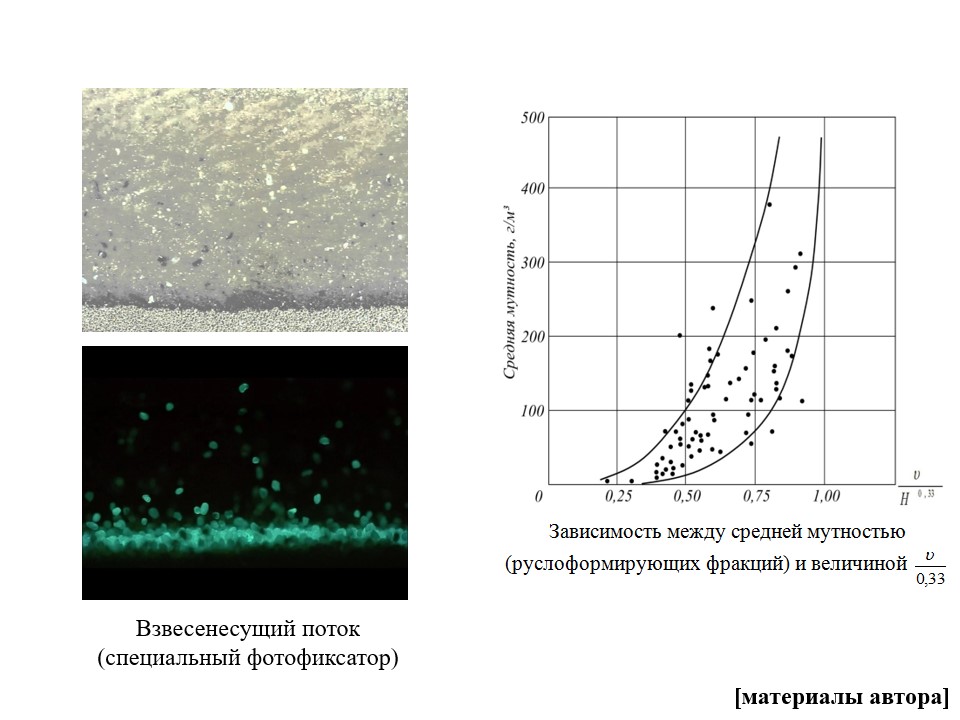
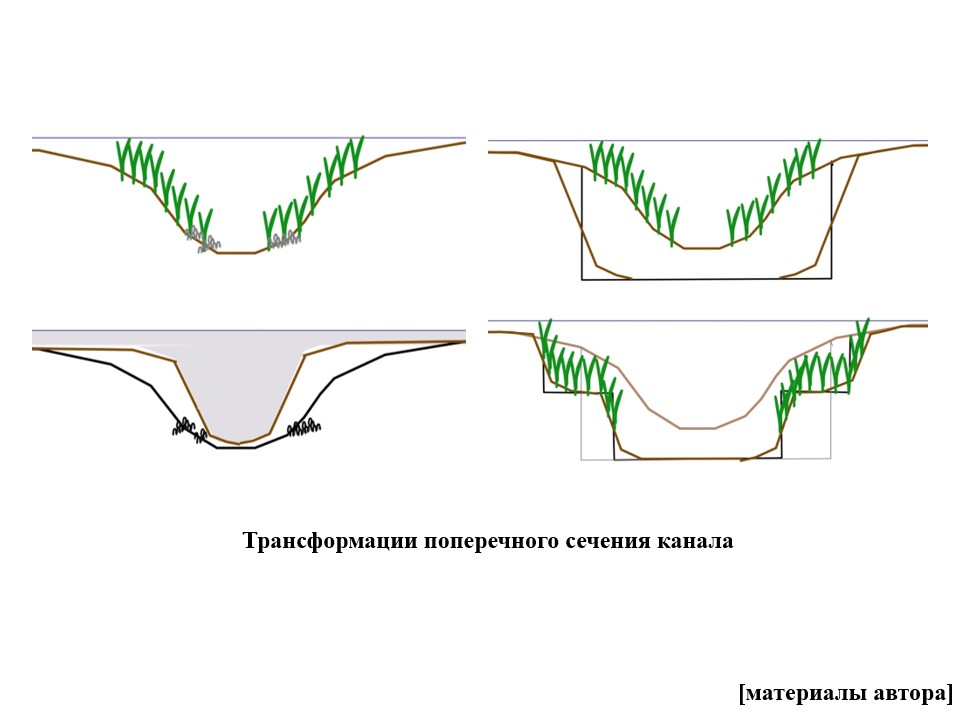
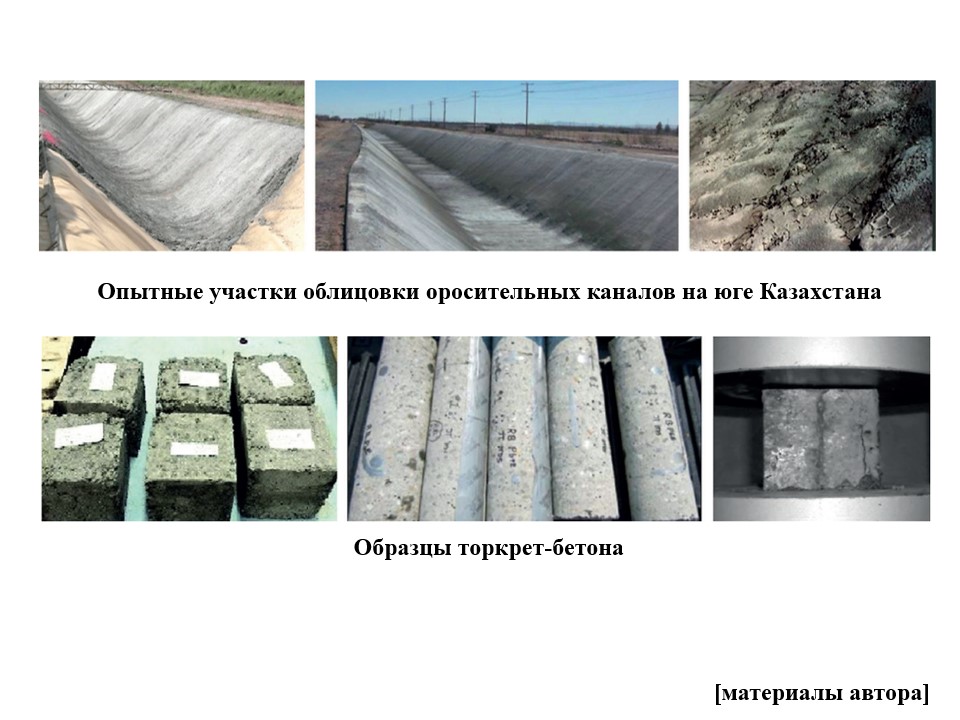
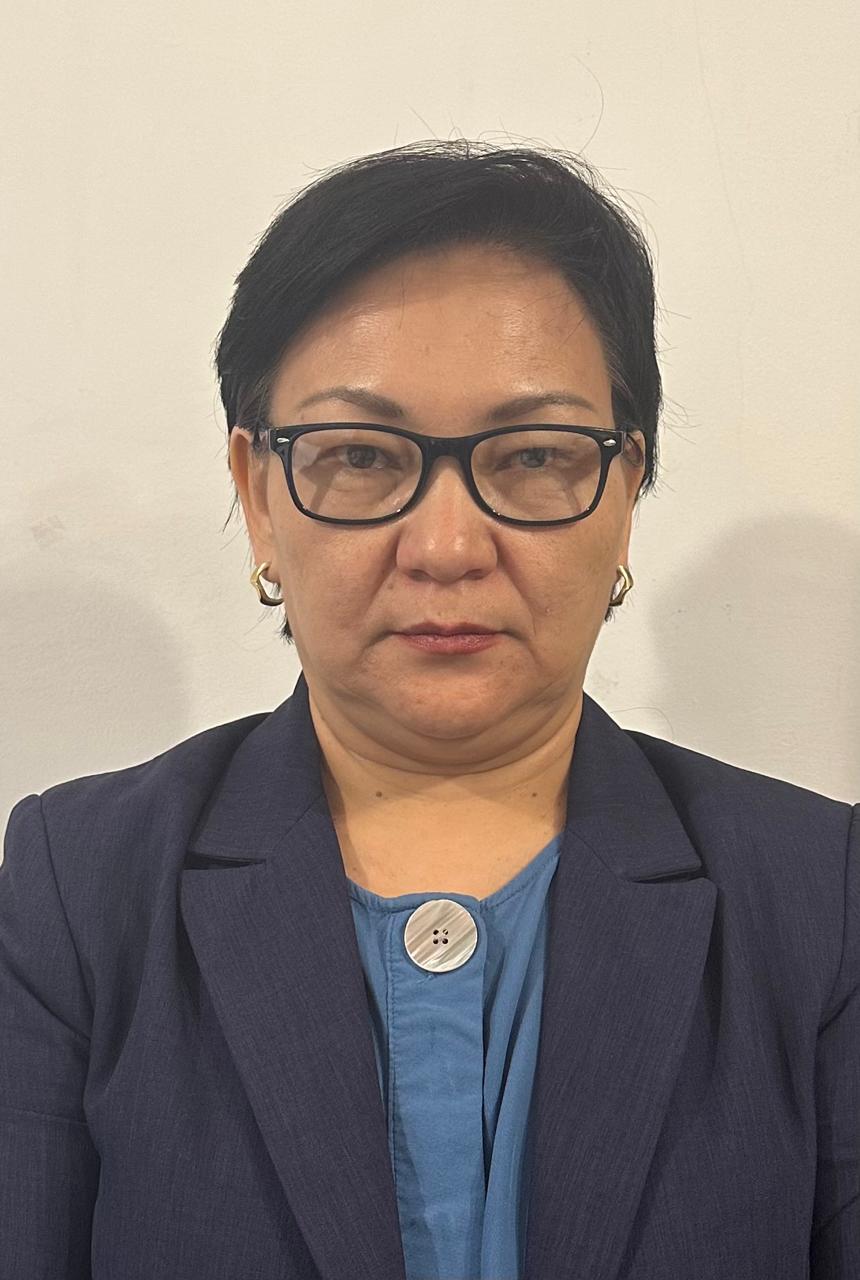 Nailya Bekturganova
Nailya Bekturganova

 Supervisor of the project: Yenlik Ormakhanova
Supervisor of the project: Yenlik Ormakhanova
 Supervisor of the project: Ainur Tukhtamisheva
Supervisor of the project: Ainur Tukhtamisheva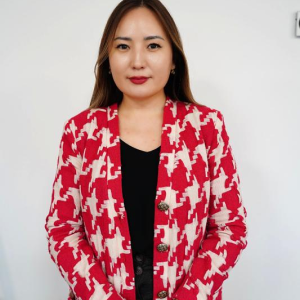 Supervisor of the project: Aliya Umirbayeva
Supervisor of the project: Aliya Umirbayeva









